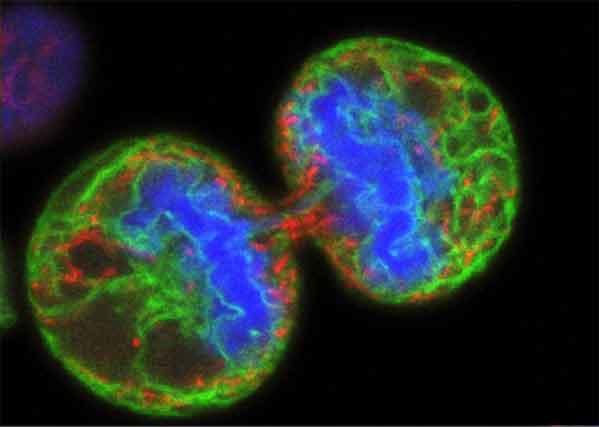FDA Approves Talimogene Laherparepvec to Treat Metastatic Melanoma
, by NCI Staff
On October 27, the U.S. Food and Drug Administration (FDA) approved the first oncolytic virus therapy, talimogene laherparepvec (T-VEC, or Imlygic®).The agency approved T-VEC for the treatment of some patients with metastatic melanoma that cannot be surgically removed.
The approval was based on the results of a multicenter phase III clinical trial of patients with metastatic melanoma lesions in the skin and lymph nodes.
Substantially more patients in the trial treated with T-VEC had a decrease in the size of their skin and lymph node lesions that lasted at least 6 months compared with patients treated with granulocyte macrophage colony-stimulating factor.
Read more about the trial results on which the FDA based its approval.
